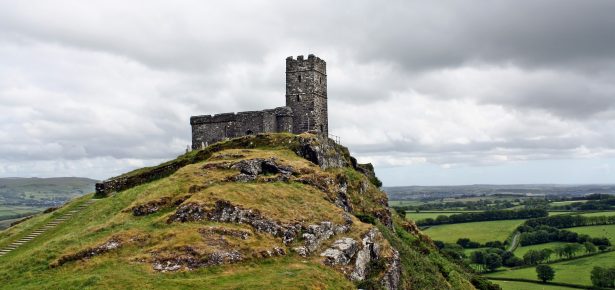
In a time when heat domes, wildfires, and floods regularly author human and nonhuman tragedy, the nature and magnitude of human-driven climate change understandably dominates media headlines, bestseller lists, and streaming-service titles alike. Ecological issues – and the roles of human beings within them – continue to attract the energies of artists and audiences, whether that be to explore the networks of environmental systems themselves or to examine constructions of human identity against the backdrop of ecological calamity. Indeed, for many genres, landscapes and waterscapes become integral to the fantasies or perspectives that readers expect to find there. The sunbaked deserts of American Western novels and films are but one famous example, employed in service of dangerously nostalgic colonial and nationalist myths or as ways to write back against the same, depending upon the work. The rise of video games and other partner media only foreground the role of such artistic environments yet further, placing the navigation (and exploration? exploitation?) of such spaces at least nominally into the players’ own hands.
Why, though, mention such pressing modern contexts as prelude to considering how late medieval popular literature envisioned contemporary environments in the British Isles? Because I am living and writing in this twenty-first century context of global warming and its devastating, intersectional consequences. As modern-day literature and media grapple with human responses to dramatic environmental change, I cannot help but ask a similar question of popular medieval texts: how do they reflect or comment upon understandings or experiences of the environments that medieval authors and audiences lived within, and shaped (sometimes purposefully, sometimes unwittingly) though their own actions?
To begin to answer this question, my book, Landscape in Middle English Romance, focuses on the wildly popular, predominately conservative, and thoroughly formulaic genre of vernacular romance. Intriguingly, this genre, widespread in oral and written literatures in many languages throughout the Middle Ages, exploded in written popularity in Middle English – reaching an ever-widening array of readers across boundaries of identity, privilege, and prestige – from the late thirteenth-century through into the early modern period: that is, as the effects of the Little Ice Age began to be felt across the English-speaking world and beyond.
In particular, my project seeks to understand the intersection of human cultural constructions of identity and conceptions of human relationships with the environment. The generic forerunners of modern genres such as science-fiction, fantasy, superhero stories, and the aforementioned Westerns, Middle English romances of King Arthur and his knights, Alexander the Great, Thomas of Erceldoune, and others deliver fast-paced, action-packed plots designed to delight the widest array of readers. In many ways, popular romances were the Marvel and DC Universes of their day (that is, for centuries). Yet, no matter how fantastical these texts, their settings consistently provide a glimpse into contemporary concerns with real-life environments. Whether a Middle English romance is set in an archetypal forest, along a nominally Mediterranean seashore, or in a fairy realm accessible from a particular hill within the contested boundary between England and Scotland, these textual landscapes and waterscapes draw their details not only from the rich literary traditions of romance conventions, but also – and increasingly – from the world of carefully apportioned woodlands, plague-emptied villages, and weather-battered waterways that medieval readers knew in everyday life.
Time and again, Middle English popular romances craft the story of a heroic protagonist defined by his innate ability to conquer the world around him, to freeze it in a moment of divinely sanctioned human use invulnerable to the sweeping effects of changing weather patterns, erosion, and human social or agricultural practices. They sell a (fictionally) stable past, an idealized British landscape anxiously juxtaposed with the human and natural environments of the late medieval present. Even today, then, I posit that Middle English romances invite us to examine our own ecological perspectives for the paradoxes they yet retain – and whose consequences grow ever more urgent.
Latest Comments
Have your say!